Home>Home Appliances>Home Automation Appliances>How To Connect Alexa Plug
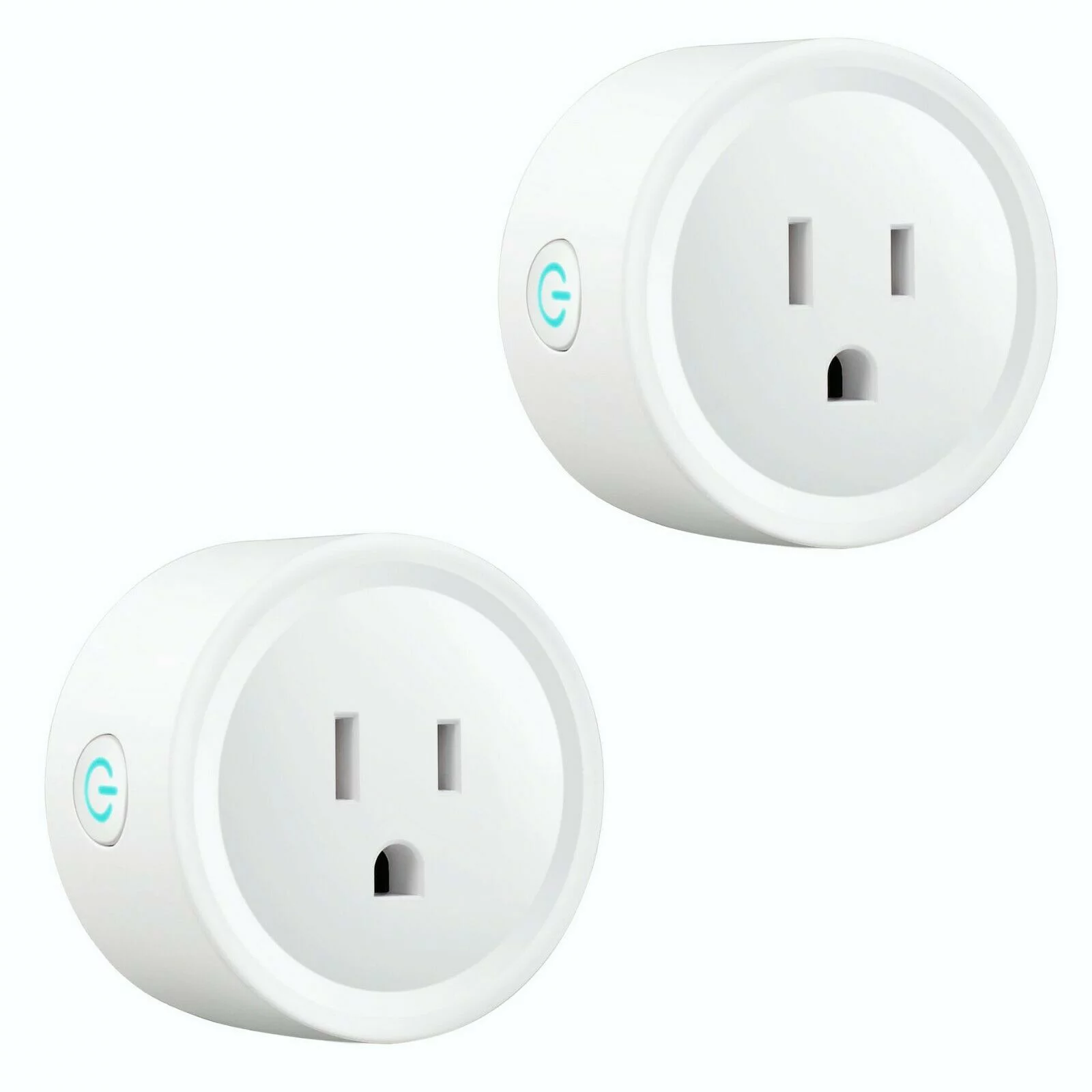

Home Automation Appliances
How To Connect Alexa Plug
Modified: April 22, 2024
Learn how to easily connect your Alexa plug for seamless integration with your home automation appliances. Simplify your smart home setup today!
(Many of the links in this article redirect to a specific reviewed product. Your purchase of these products through affiliate links helps to generate commission for Storables.com, at no extra cost. Learn more)
Introduction
Welcome to the world of smart home automation! In this article, we will delve into the fascinating realm of Alexa plugs, exploring what they are, how to set them up, and how they can enhance your home automation experience. Whether you're a tech enthusiast or someone looking to simplify everyday tasks, understanding how to connect and utilize Alexa plugs can significantly elevate your living space's functionality.
Alexa plugs, also known as smart plugs, are ingenious devices that enable you to control traditional appliances and electronics using voice commands or a smartphone app. They essentially bridge the gap between your standard electrical outlets and the convenience of smart home technology. With an Alexa plug, you can effortlessly turn lamps, fans, coffee makers, and various other devices on or off remotely, schedule their operation, and even monitor energy usage. The versatility and practicality of Alexa plugs make them a valuable addition to any modern household.
In the following sections, we will guide you through the process of setting up an Alexa plug, connecting it to the Alexa app, and leveraging its capabilities to streamline your daily routines. We'll also address common troubleshooting issues, ensuring that you have all the information needed to make the most of this innovative technology. So, let's embark on this enlightening journey and unlock the potential of your smart home with Alexa plugs!
Key Takeaways:
- Transform traditional appliances into smart, voice-controlled gadgets with Alexa plugs. Easily set up and manage devices through the Alexa app for a convenient and efficient smart home experience.
- Embrace the future of home automation with Alexa plugs, enabling personalized control, energy efficiency, and seamless integration into daily routines. Troubleshoot common issues for a reliable and interconnected living space.
Read more: How To Connect Enbrighten Plug To Alexa
What is an Alexa Plug?
An Alexa plug, also referred to as a smart plug, is a compact yet powerful device that integrates traditional appliances and electronics into your smart home ecosystem. Essentially, it serves as a bridge between your standard electrical outlets and the convenience of voice-controlled or app-managed automation. By simply plugging your devices into an Alexa plug, you can instantly transform them into smart, connected gadgets.
These nifty devices are designed to provide seamless control over a wide range of household items, including lamps, fans, coffee makers, and more. They are equipped with Wi-Fi connectivity and can be managed through voice commands using Amazon Alexa or through a dedicated smartphone app. This means that you can remotely turn devices on or off, create schedules for their operation, and even monitor energy consumption, all from the palm of your hand or with a simple verbal instruction.
One of the key features of Alexa plugs is their compatibility with virtual assistants such as Amazon Alexa, which allows for effortless integration into your existing smart home setup. This compatibility empowers users to incorporate their Alexa plugs into routines, scenes, and automation, further enhancing the overall convenience and efficiency of their smart home environment.
Moreover, Alexa plugs often come with additional functionalities such as energy monitoring, enabling users to track the power consumption of connected devices and gain insights into their usage patterns. This not only promotes energy efficiency but also provides valuable information for optimizing the operation of household appliances.
Overall, an Alexa plug represents a simple yet transformative addition to your home automation arsenal, offering intuitive control, energy management, and the ability to convert conventional devices into smart, connected assets. Its versatility and user-friendly nature make it an invaluable component of any modern smart home setup.
Setting up the Alexa Plug
Setting up an Alexa plug is a straightforward process that typically involves a few simple steps. Before diving into the setup, ensure that you have a stable Wi-Fi network and a compatible smartphone or tablet with the Alexa app installed. Here’s a comprehensive guide to getting your Alexa plug up and running:
1. Unboxing and Preparation
Begin by unboxing your Alexa plug and reviewing the manufacturer’s instructions. Familiarize yourself with the device and any accompanying documentation to ensure a smooth setup process. Most Alexa plugs require connection to a 2.4GHz Wi-Fi network, so make sure your smartphone or tablet is connected to the appropriate network before proceeding.
2. Plug in the Device
Locate an electrical outlet within range of your Wi-Fi network and plug in the Alexa plug. Ensure that the device is positioned in an accessible area, allowing for easy access and optimal Wi-Fi connectivity. Once plugged in, the Alexa plug may enter setup mode, indicated by a blinking LED light or specific patterns on the device.
Read more: How To Connect Alexa To Gosund Smart Plug
3. Install the Alexa App
If you haven’t already done so, download and install the Amazon Alexa app from the App Store or Google Play Store. Launch the app and sign in with your Amazon account credentials. Ensure that your smartphone or tablet is connected to the same Wi-Fi network that the Alexa plug will be using.
4. Add a New Device
In the Alexa app, navigate to the Devices tab and select “Add Device.” Choose the category that corresponds to your Alexa plug, such as “Smart Plug” or “Smart Home.” The app will then guide you through the process of discovering and connecting the Alexa plug to your Wi-Fi network.
5. Connect to Wi-Fi
Follow the on-screen instructions to connect the Alexa plug to your Wi-Fi network. This typically involves selecting the network and entering the Wi-Fi password. Once the connection is established, the Alexa plug should be successfully integrated into your smart home network.
6. Test the Connection
After completing the setup, test the connection by using the Alexa app to turn the Alexa plug on and off. Verify that the device responds to commands and operates as expected. If everything is functioning properly, your Alexa plug is now ready to be used for controlling your connected devices.
By following these steps, you can seamlessly set up your Alexa plug and begin harnessing the convenience and control it offers for your home appliances and electronics.
Read more: How To Connect Alexa To Kasa Smart Plug
Connecting the Alexa Plug to Alexa App
Once your Alexa plug is set up and connected to your Wi-Fi network, the next step is to integrate it with the Alexa app for seamless control and management. The Alexa app serves as the central hub for managing your smart home devices, allowing you to create routines, schedules, and custom commands. Here’s a step-by-step guide to connecting your Alexa plug to the Alexa app:
1. Open the Alexa App
Launch the Amazon Alexa app on your smartphone or tablet and ensure that you are signed in with the same Amazon account used during the Alexa plug setup process. The app’s home screen provides access to various features, including device management and smart home settings.
2. Access Devices
Navigate to the Devices tab within the Alexa app. Here, you can view all your connected devices and manage their settings. Look for the option to add a new device or connect a smart plug, typically located in the upper-right corner of the screen.
3. Discover New Devices
Initiate the device discovery process within the Alexa app. This prompts the app to search for and identify any new smart devices, including your Alexa plug. The app will display a list of discovered devices, and you should see your Alexa plug listed among them.
Read more: How To Connect My Smart Plug To Alexa
4. Assign Device Name and Group
Once the Alexa plug is discovered, you can assign a unique name to it for easy identification. Consider using a descriptive name that corresponds to the connected device, such as “Living Room Lamp” or “Bedside Fan.” Additionally, you can assign the Alexa plug to a specific group, allowing for convenient control of multiple devices at once.
5. Customize Device Settings
Explore the settings and options available for your Alexa plug within the Alexa app. Depending on the specific model and features of the plug, you may have the ability to configure schedules, set power usage preferences, and customize other device-specific settings to suit your preferences and routines.
6. Test Device Control
Verify that the Alexa plug is successfully integrated into the Alexa app by using the app to remotely control the connected device. Turn the device on and off, create routines, or set up voice commands to ensure that the Alexa plug responds as expected and seamlessly integrates into your smart home environment.
By connecting your Alexa plug to the Alexa app, you can unlock its full potential and leverage the app’s intuitive interface to manage and control your smart devices with ease.
Using the Alexa Plug
Once your Alexa plug is set up and connected to the Alexa app, you can begin leveraging its capabilities to streamline your daily routines and enhance the functionality of your connected devices. Whether you want to control lighting, manage appliances, or create custom schedules, the Alexa plug offers a versatile and convenient solution for smart home automation. Here’s a guide to using the Alexa plug to its full potential:
Read more: How To Fix Alexa’s Internet Connection
Voice Control with Amazon Alexa
One of the most compelling features of the Alexa plug is its seamless integration with Amazon Alexa, enabling effortless voice control of your connected devices. Simply use voice commands such as “Alexa, turn on the living room lamp” or “Alexa, turn off the coffee maker” to activate the connected appliances. This hands-free control adds a new level of convenience to your daily activities and allows for quick adjustments without the need to physically interact with the devices.
Remote Device Management
Through the Alexa app, you can remotely manage and monitor the status of your connected devices from anywhere with an internet connection. Whether you’re at home, at work, or on the go, the app provides a convenient interface for turning devices on or off, adjusting settings, and creating custom schedules. This flexibility ensures that you have complete control over your home environment, even when you’re away.
Custom Schedules and Routines
With the Alexa plug, you can create custom schedules and routines to automate the operation of your devices based on your daily routines and preferences. For example, you can schedule the living room lights to turn on automatically in the evening or set the coffee maker to start brewing at a specific time each morning. By tailoring these schedules to your lifestyle, you can enhance convenience and efficiency while reducing energy consumption.
Energy Monitoring and Insights
Many Alexa plugs offer energy monitoring capabilities, allowing you to track the power consumption of connected devices and gain valuable insights into their usage patterns. By reviewing energy usage data within the Alexa app, you can identify opportunities to optimize device operation, conserve energy, and potentially reduce utility costs. This visibility into energy consumption empowers you to make informed decisions about your household appliances.
Read more: How To Connect Alexa Show To Alexa App
Integration with Smart Home Routines
Integrate your Alexa plug into broader smart home routines and automation scenarios. By combining the capabilities of your Alexa plug with other smart devices, you can create customized routines that trigger a series of actions with a single command. For example, you can create a “Good Morning” routine that turns on the lights, starts the coffee maker, and adjusts the thermostat, all with a single voice command or app tap.
By utilizing the features and functionalities of the Alexa plug, you can transform your home into a more efficient, convenient, and connected living space, simplifying everyday tasks and enhancing your overall lifestyle.
Troubleshooting
While Alexa plugs are designed to provide seamless integration and reliable performance, occasional issues may arise that require troubleshooting to ensure smooth operation. By addressing common challenges and implementing troubleshooting steps, you can quickly resolve any issues and optimize the functionality of your Alexa plug. Here are some troubleshooting tips to help you address potential concerns:
Wi-Fi Connectivity Problems
If your Alexa plug is experiencing connectivity issues, such as difficulty connecting to your Wi-Fi network or intermittent disconnections, consider the following steps:
- Ensure that your Wi-Fi network is operational and that the signal strength is sufficient in the vicinity of the Alexa plug.
- Restart your Wi-Fi router and modem to refresh the network connection.
- Consider relocating the Alexa plug to a different outlet, closer to the Wi-Fi router, to improve signal reception.
- Verify that the Wi-Fi credentials entered during setup are accurate and match your network settings.
Device Unresponsiveness
If your Alexa plug does not respond to voice commands or app controls, try the following troubleshooting steps:
- Power cycle the Alexa plug by unplugging it for a few seconds and then plugging it back in.
- Ensure that the connected device is functioning properly and is not the source of the issue.
- Check for firmware updates for the Alexa plug and ensure that it is running the latest software version.
- Reconfigure the Alexa plug within the Alexa app to refresh its settings and connections.
Read more: How To Connect Aux To Alexa
Interference and Compatibility
If you encounter interference or compatibility issues with the Alexa plug, consider the following troubleshooting steps:
- Minimize potential sources of wireless interference, such as other electronic devices or appliances, in the vicinity of the Alexa plug.
- Verify that the Alexa plug is compatible with your specific Wi-Fi network and meets the required network specifications.
- Consult the manufacturer’s documentation or support resources to confirm compatibility with your home network environment.
App-Related Issues
If you experience challenges related to the Alexa app’s interaction with the Alexa plug, consider the following troubleshooting steps:
- Update the Alexa app to the latest version to ensure compatibility with the Alexa plug.
- Restart the app or clear its cache to resolve potential software glitches.
- Verify that your smartphone or tablet meets the minimum system requirements for the Alexa app.
- Reinstall the Alexa app if persistent issues persist, ensuring a fresh installation.
By implementing these troubleshooting tips, you can effectively address common issues that may arise when using an Alexa plug, ensuring a reliable and seamless smart home experience.
Conclusion
Embracing the capabilities of Alexa plugs opens the door to a world of convenience, control, and efficiency within your smart home environment. By seamlessly integrating these versatile devices into your daily routines, you can transform traditional appliances and electronics into smart, connected assets that cater to your preferences and lifestyle. The amalgamation of voice-controlled operation, remote management through the Alexa app, and the ability to create custom schedules and routines empowers you to orchestrate your living space with unparalleled ease and flexibility.
As you navigate the process of setting up, connecting, and using your Alexa plug, you are embarking on a journey toward a more streamlined and interconnected home. The ability to control devices with simple voice commands, monitor energy usage, and integrate the Alexa plug into broader smart home routines represents a significant leap forward in home automation.
Moreover, the troubleshooting insights provided equip you with the knowledge to address potential challenges and ensure the optimal performance of your Alexa plug. By understanding how to troubleshoot common issues, you can maintain a reliable and efficient smart home ecosystem, enhancing your overall experience with these innovative devices.
In conclusion, the integration of Alexa plugs into your smart home setup brings forth a myriad of benefits, including enhanced convenience, energy efficiency, and personalized control. By harnessing the power of these devices, you are not only embracing the future of home automation but also elevating the functionality and comfort of your living space. With the seamless synergy between Alexa plugs, the Alexa app, and Amazon Alexa, you are empowered to shape your home environment according to your preferences, creating a personalized and connected oasis that adapts to your lifestyle.
So, as you embark on your journey with Alexa plugs, embrace the possibilities, experiment with new routines, and relish the newfound convenience and control that these devices bring to your home. The future of smart home automation is at your fingertips, and with Alexa plugs, it’s never been easier to transform your living space into a truly intelligent and responsive environment.
Frequently Asked Questions about How To Connect Alexa Plug
Was this page helpful?
At Storables.com, we guarantee accurate and reliable information. Our content, validated by Expert Board Contributors, is crafted following stringent Editorial Policies. We're committed to providing you with well-researched, expert-backed insights for all your informational needs.
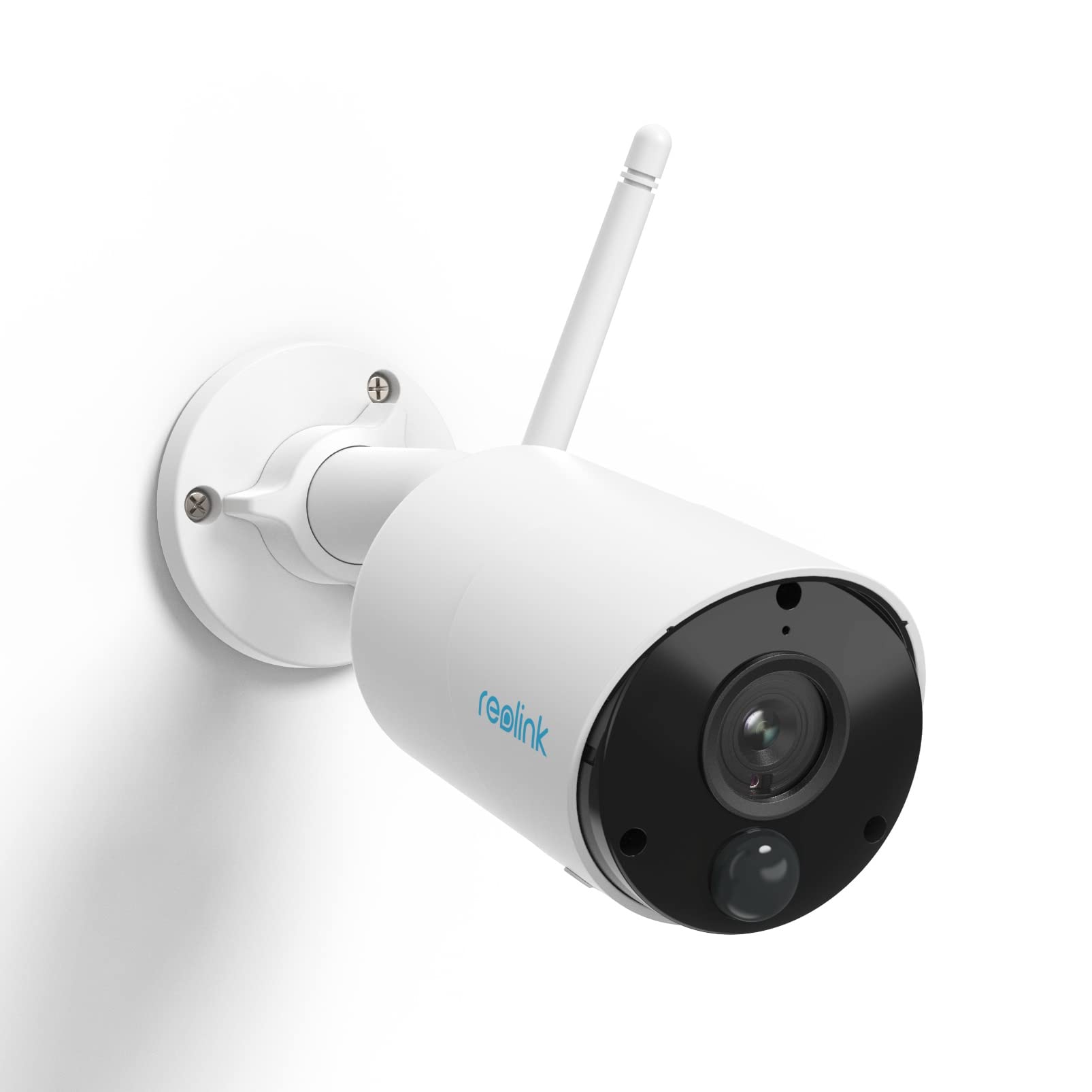
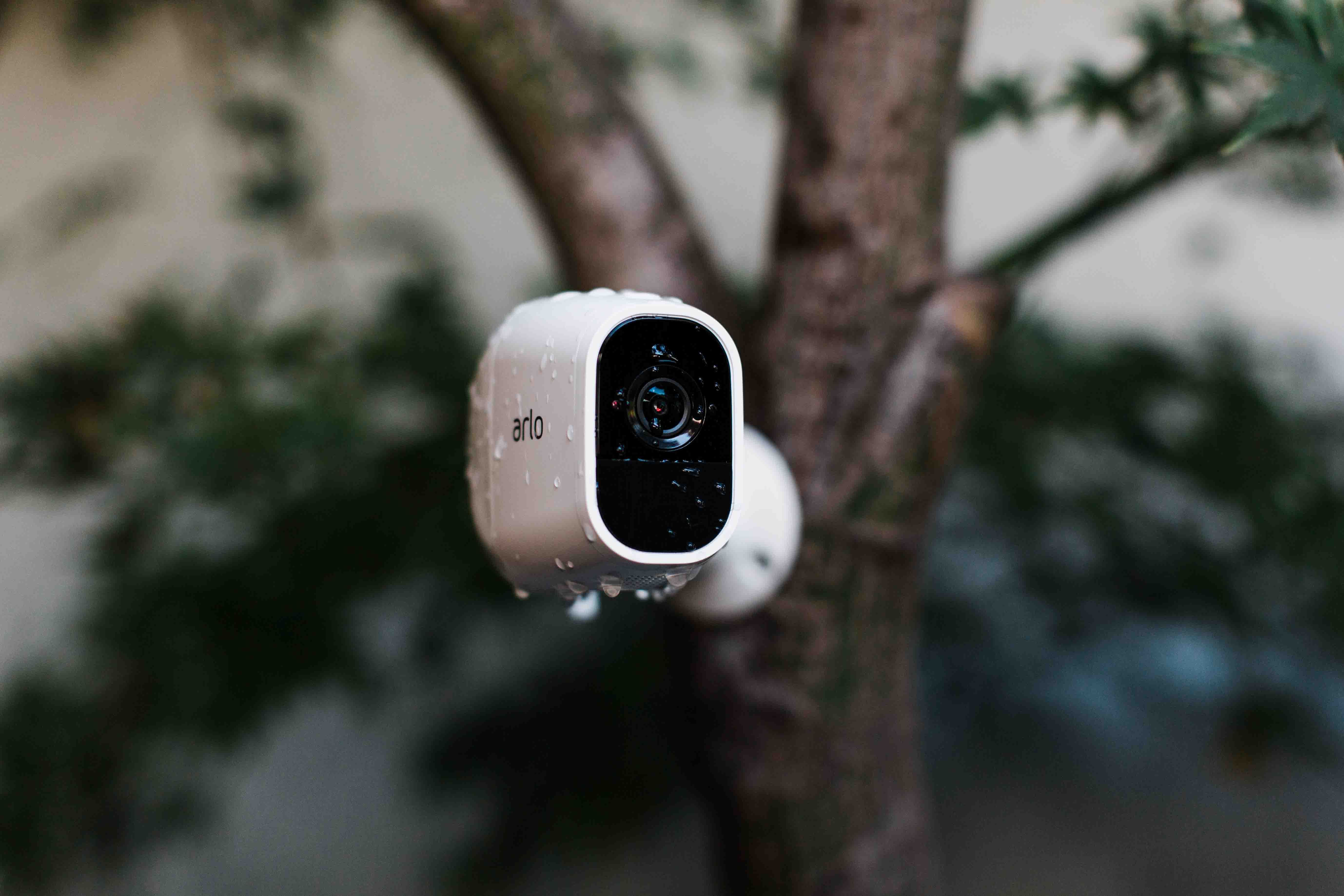
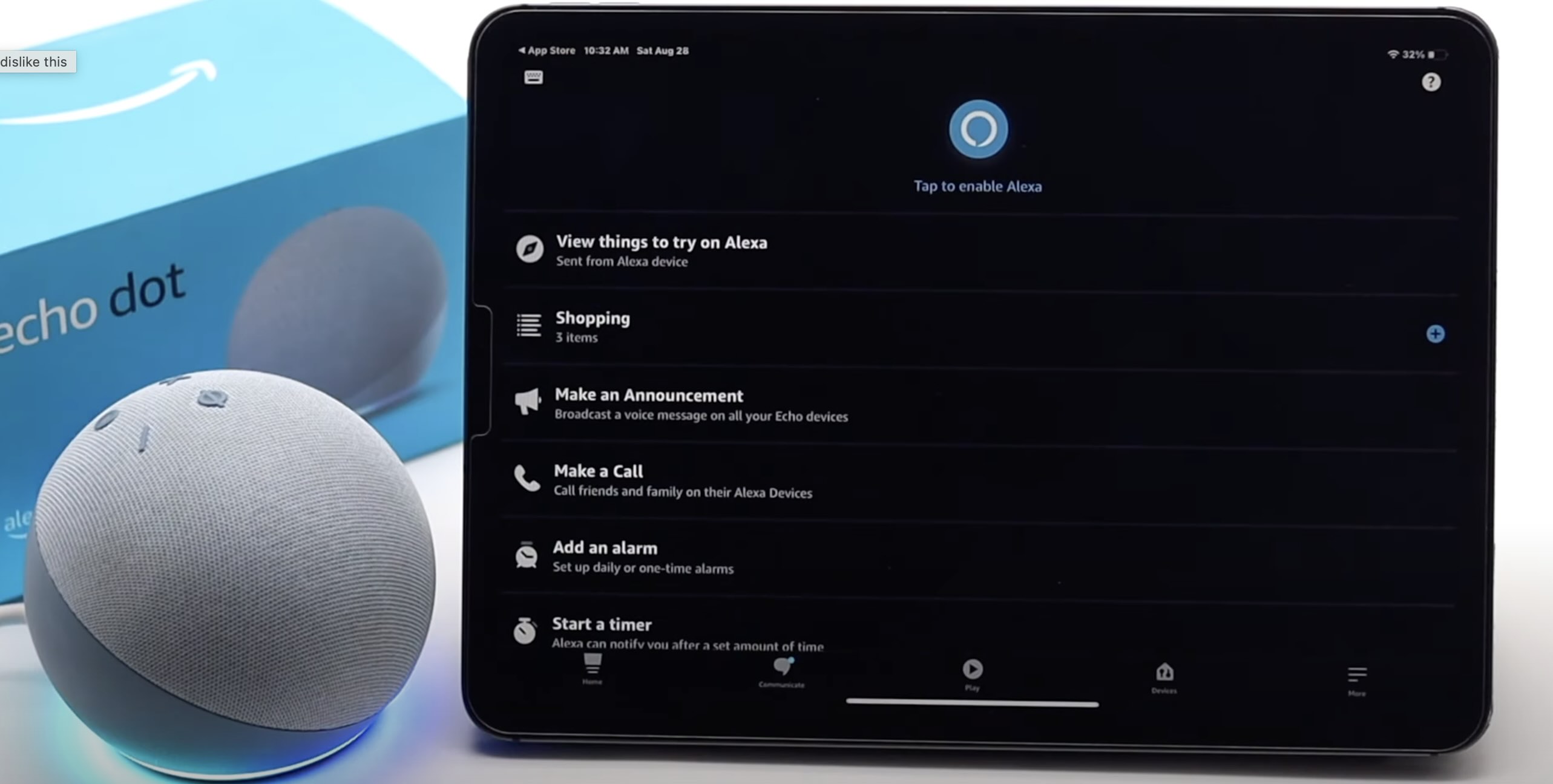
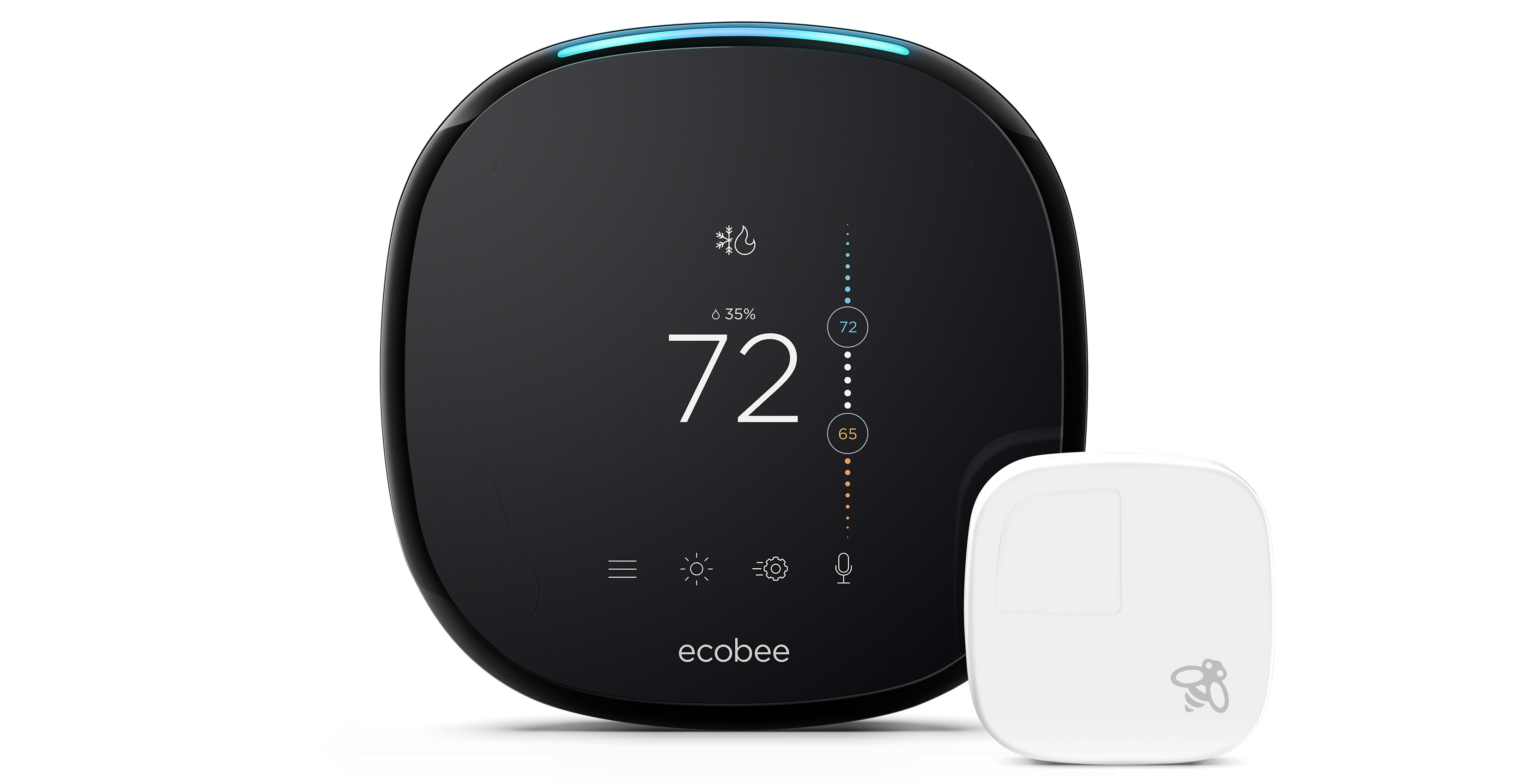
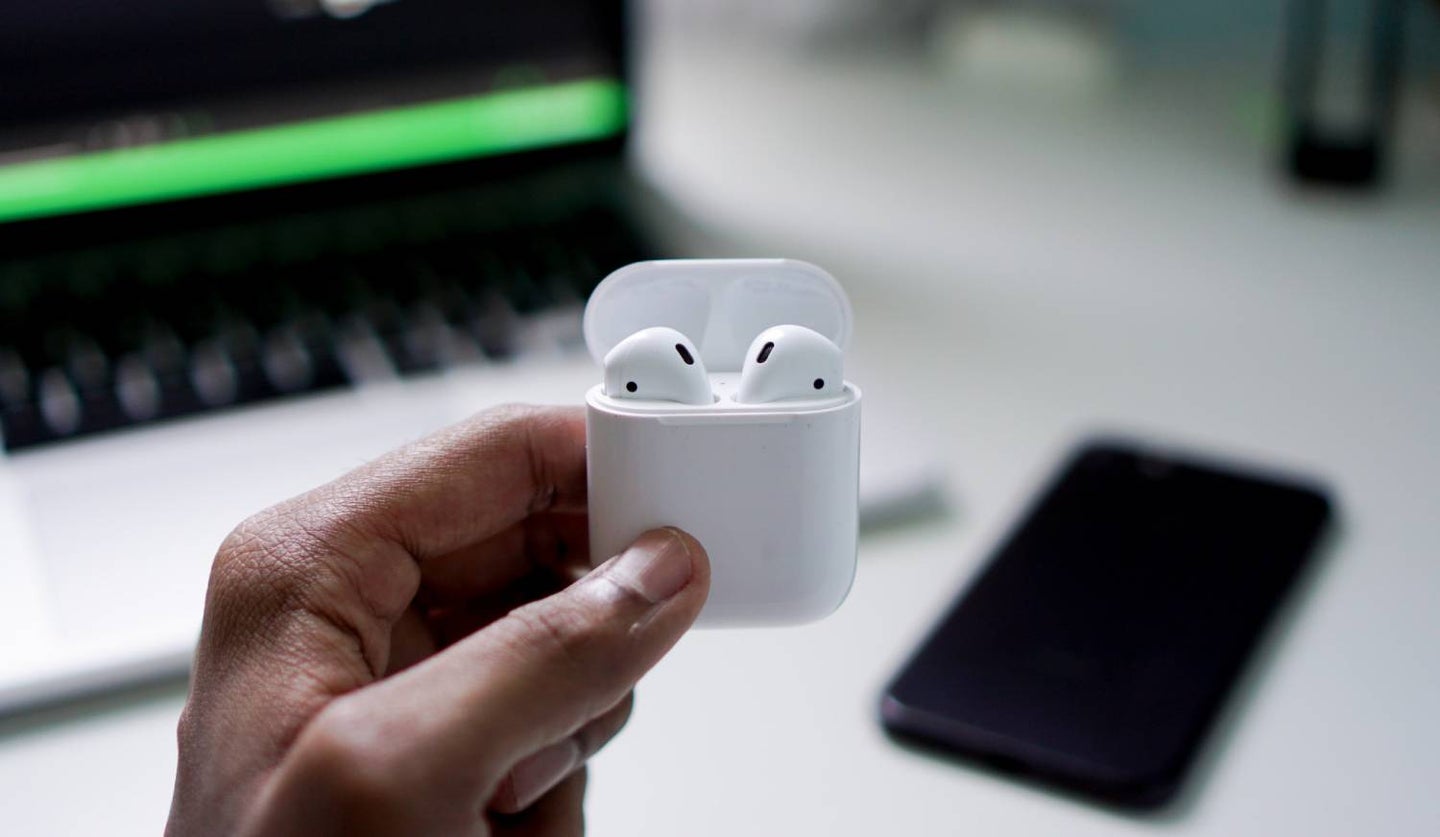
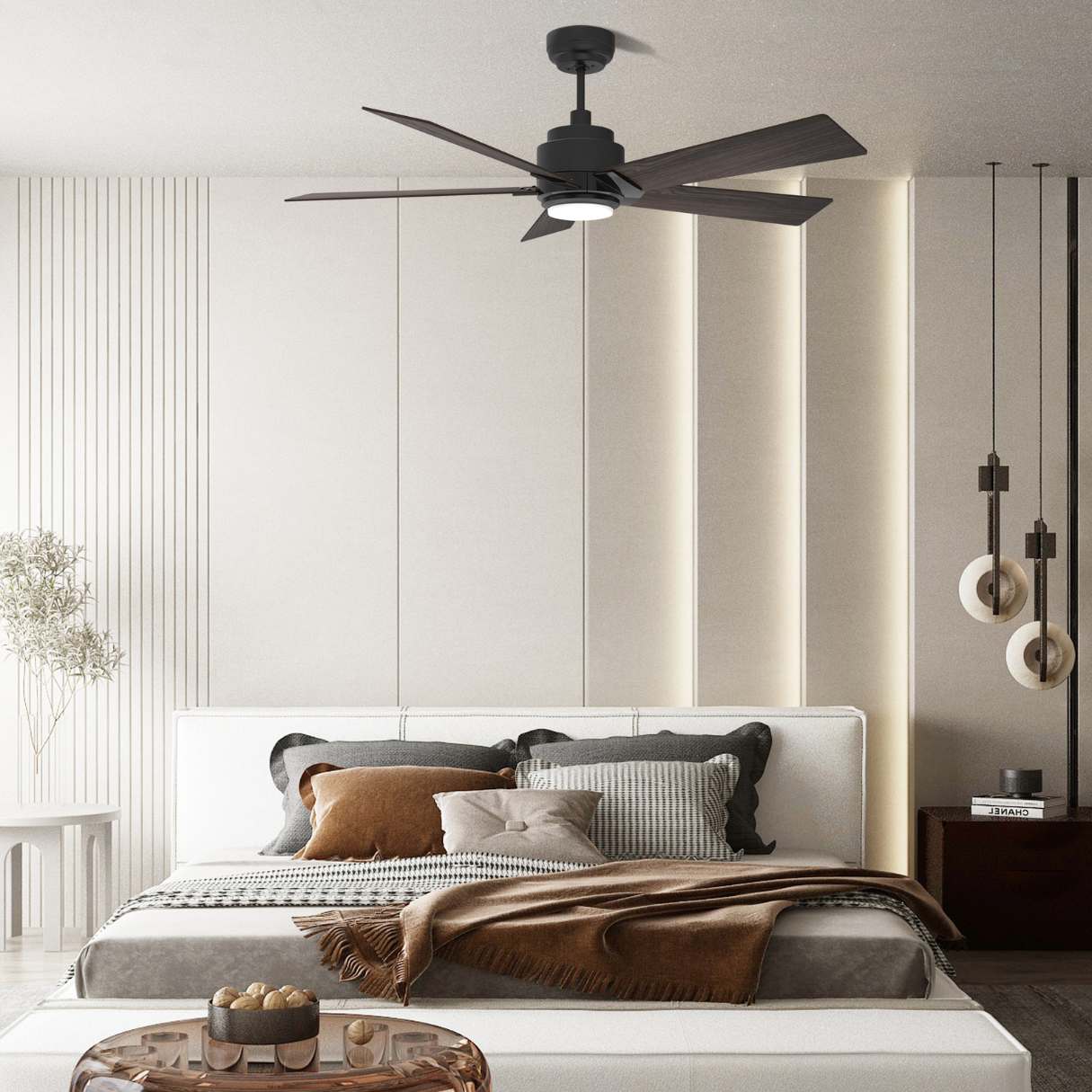
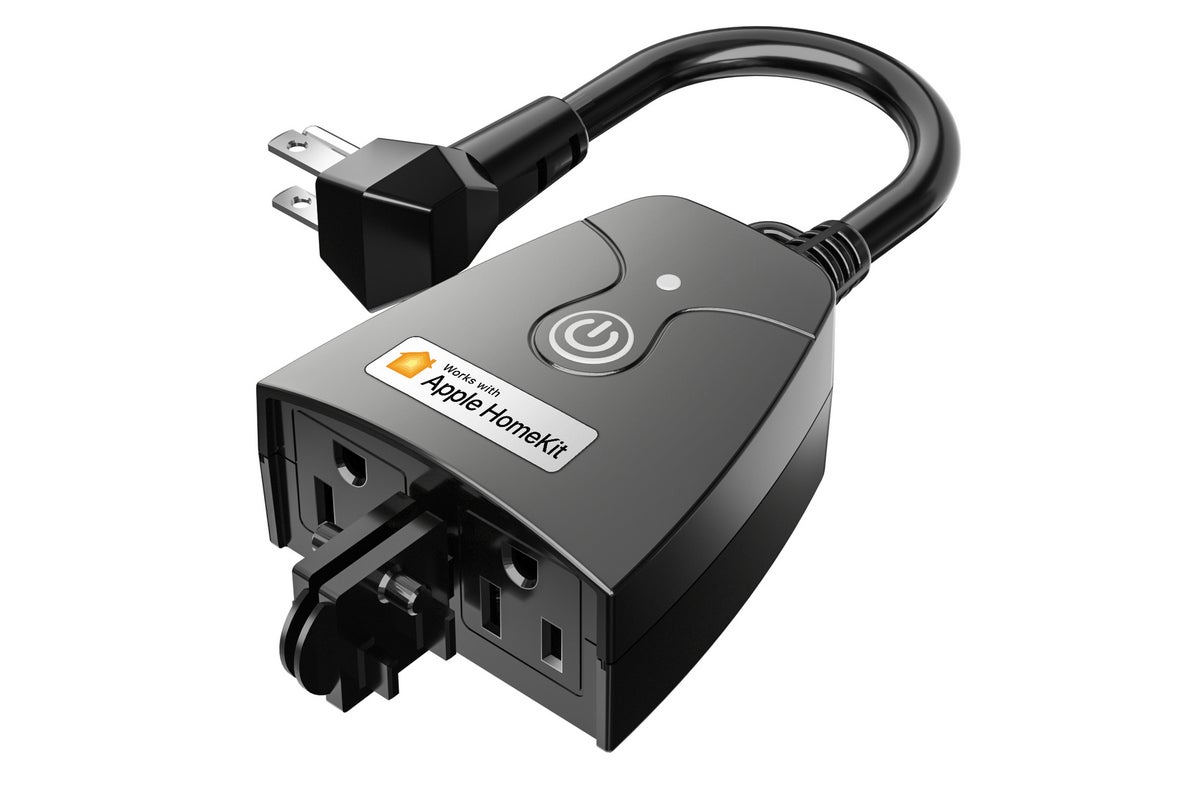
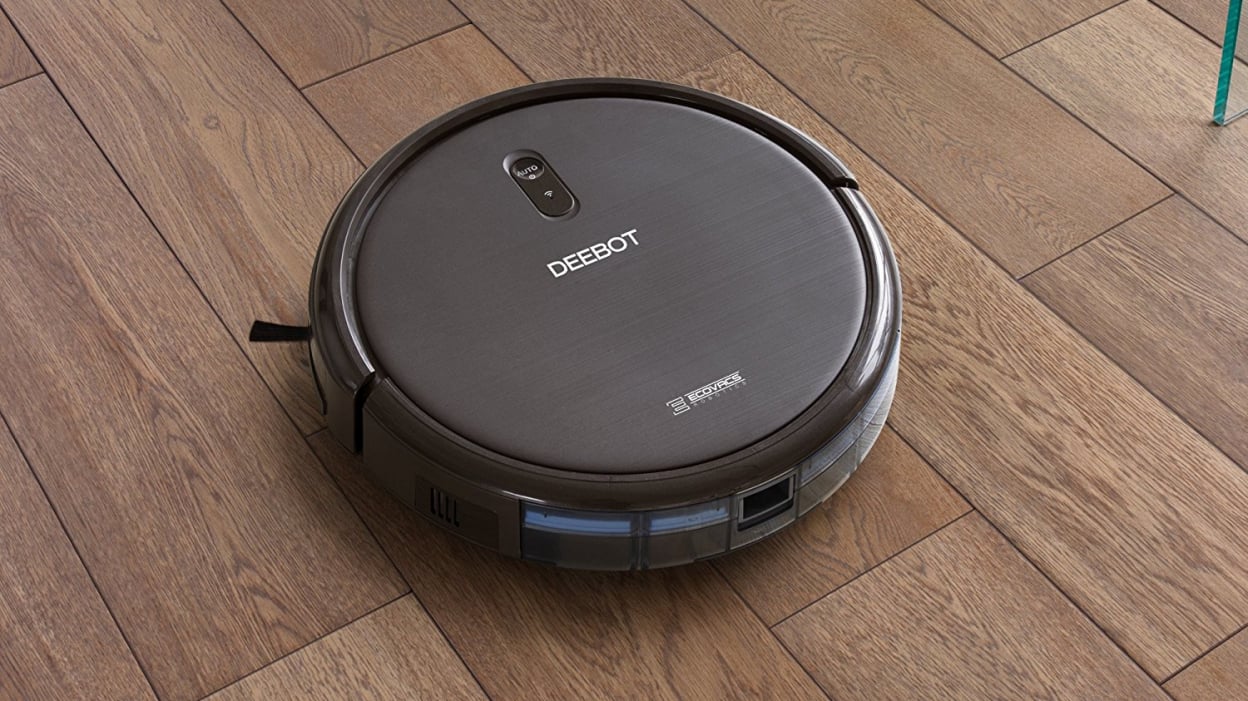
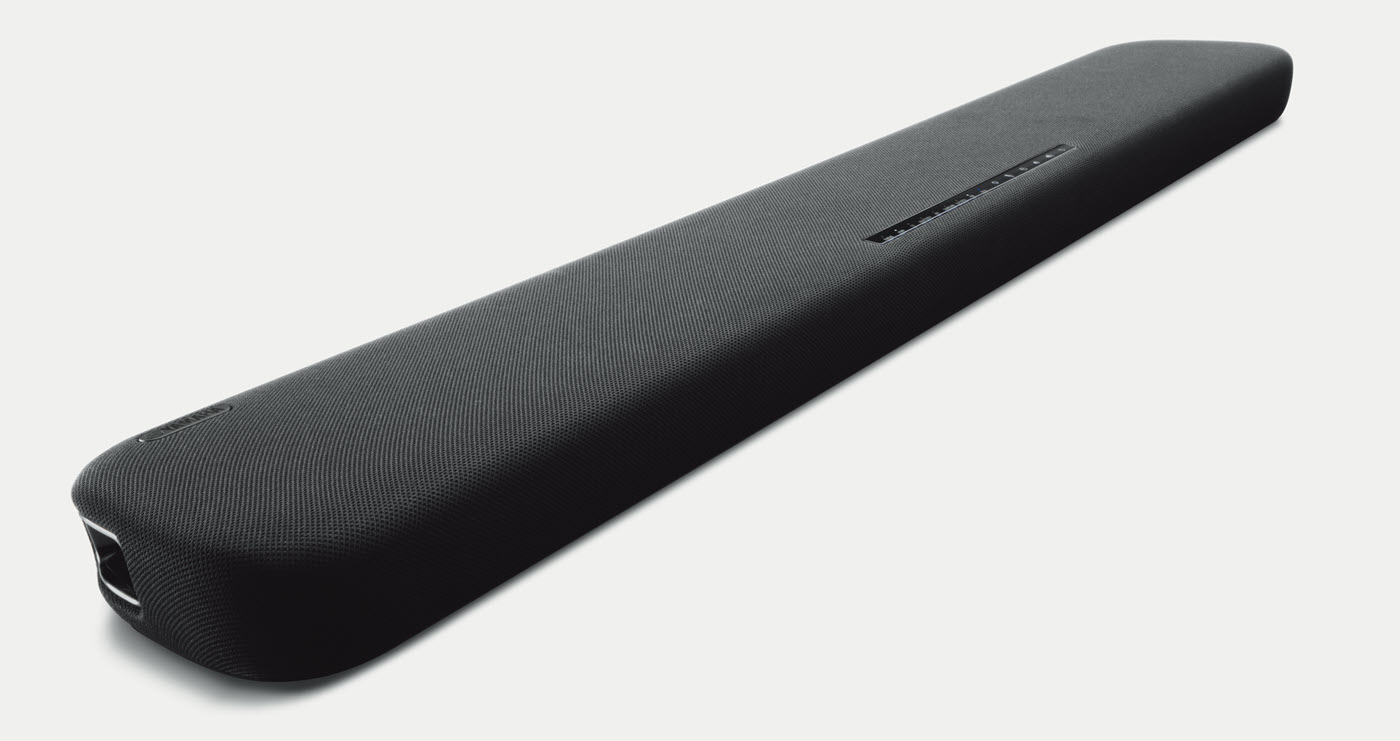

0 thoughts on “How To Connect Alexa Plug”